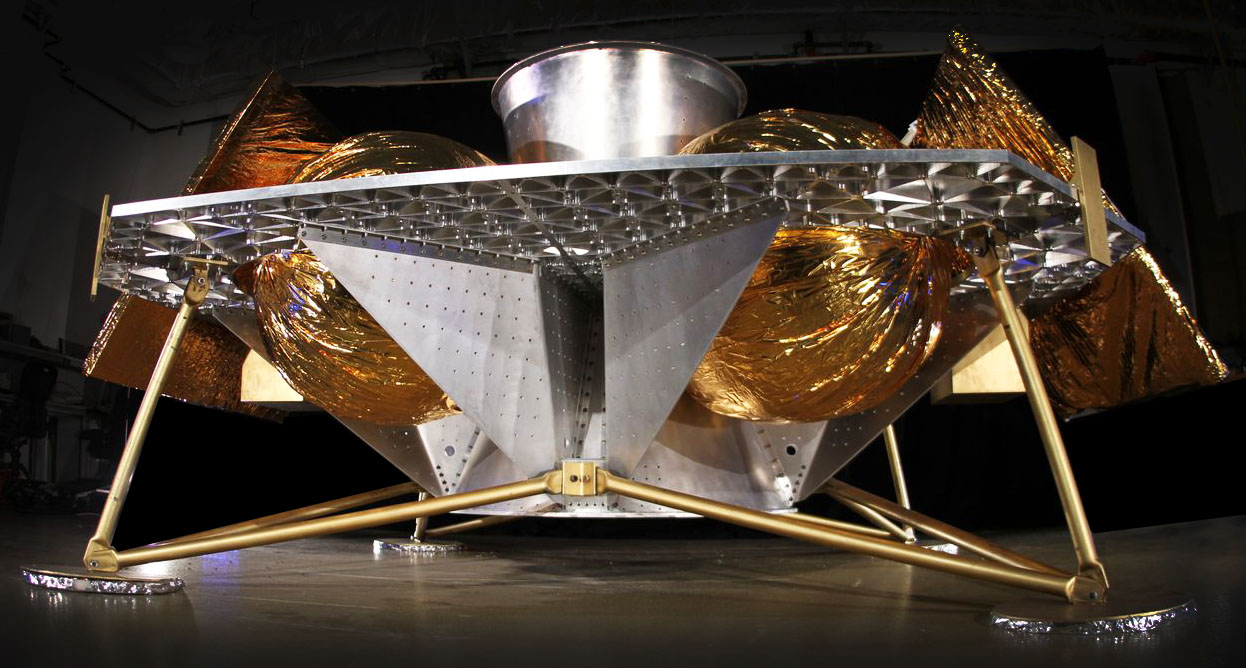Giant Asteroid Vesta's Planetary Chances Killed by Jupiter

Big, bad Jupiter likely squashed any chance the giant asteroid Vesta may have had of growing into a full-fledged planet long ago, researchers say.
Scientists analyzing observations from NASA's Dawn spacecraft announced today (May 10) that the enormous asteroid Vesta is actually an ancient protoplanet, a planetary building block left over from the solar system's earliest days.
Many other Vesta-like objects were incorporated into rocky worlds such as Earth, but Vesta's development along this path was halted.
Vesta's stunted growth is chiefly a product of its location, researchers said. The protoplanets that glommed together to form Mercury, Earth, Mars and Venus did so in the inner solar system, relatively far from the disruptive gravitational influence of a giant planet.
The 330-mile-wide (530-kilometer) Vesta, on the other hand, grew up in the main asteroid belt between Mars and Jupiter. And the solar system's largest planet made it tough for Vesta to hook up with others of its kind.
"In the asteroid belt, Jupiter basically stirred things up so much that they weren't able to easily accrete with one another," Dawn scientist David O'Brien, of the Planetary Science Institute in Tucson, Ariz., told reporters today.
"The velocities in the asteroid belt were really high, and the higher the velocity is, the harder it is for things to merge together under their own gravity," O'Brien added.
Breaking space news, the latest updates on rocket launches, skywatching events and more!
Those high velocities also set the stage for some incredibly violent collisions, which probably destroyed a fair number of Vesta-like bodies. Vesta itself was battered and bloodied by some huge impacts; one crater near its south pole is 314 miles (505 km) wide, and another underneath that one measures 250 miles (400 km) across.
So while Vesta — the second-largest denizen of the asteroid belt — was doomed to a life of solitude, it has had the toughness and luck to stick around for the last 4.5 billion years. And scientists are thankful that it did.
"Vesta is special, because it survived the intense collisional environment of the main asteroid belt for billions of years, allowing us to interrogate a key witness to the events at the very beginning of the solar system," said Dawn deputy principal investigator Carol Raymond, of NASA's Jet Propulsion Laboratory in Pasadena, Calif.
"We believe Vesta is the only intact member of a family of similar bodies that have since perished," she added.
You can follow SPACE.com senior writer Mike Wall on Twitter: @michaeldwall. Follow SPACE.com for the latest in space science and exploration news on Twitter @Spacedotcom and on Facebook.
Join our Space Forums to keep talking space on the latest missions, night sky and more! And if you have a news tip, correction or comment, let us know at: community@space.com.

Michael Wall is a Senior Space Writer with Space.com and joined the team in 2010. He primarily covers exoplanets, spaceflight and military space, but has been known to dabble in the space art beat. His book about the search for alien life, "Out There," was published on Nov. 13, 2018. Before becoming a science writer, Michael worked as a herpetologist and wildlife biologist. He has a Ph.D. in evolutionary biology from the University of Sydney, Australia, a bachelor's degree from the University of Arizona, and a graduate certificate in science writing from the University of California, Santa Cruz. To find out what his latest project is, you can follow Michael on Twitter.
